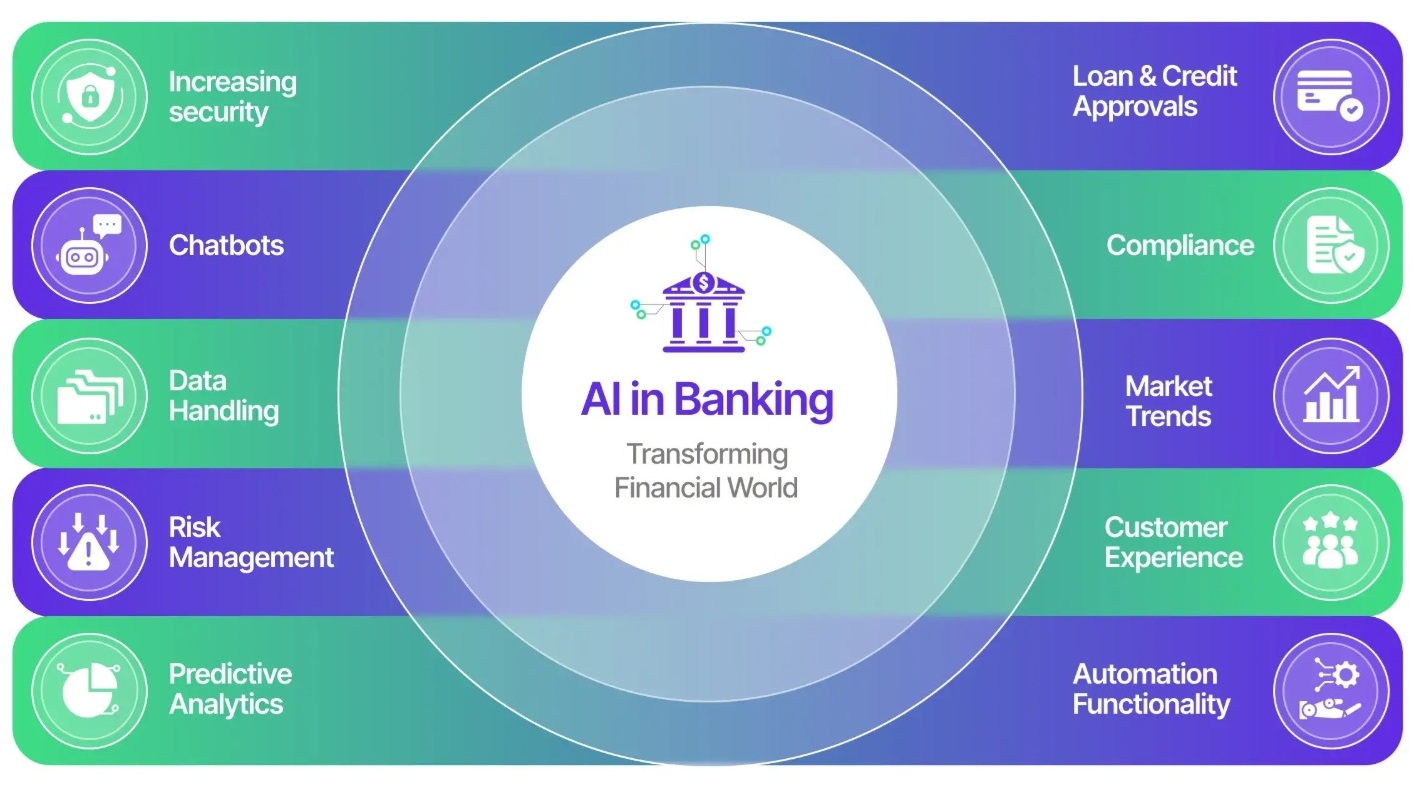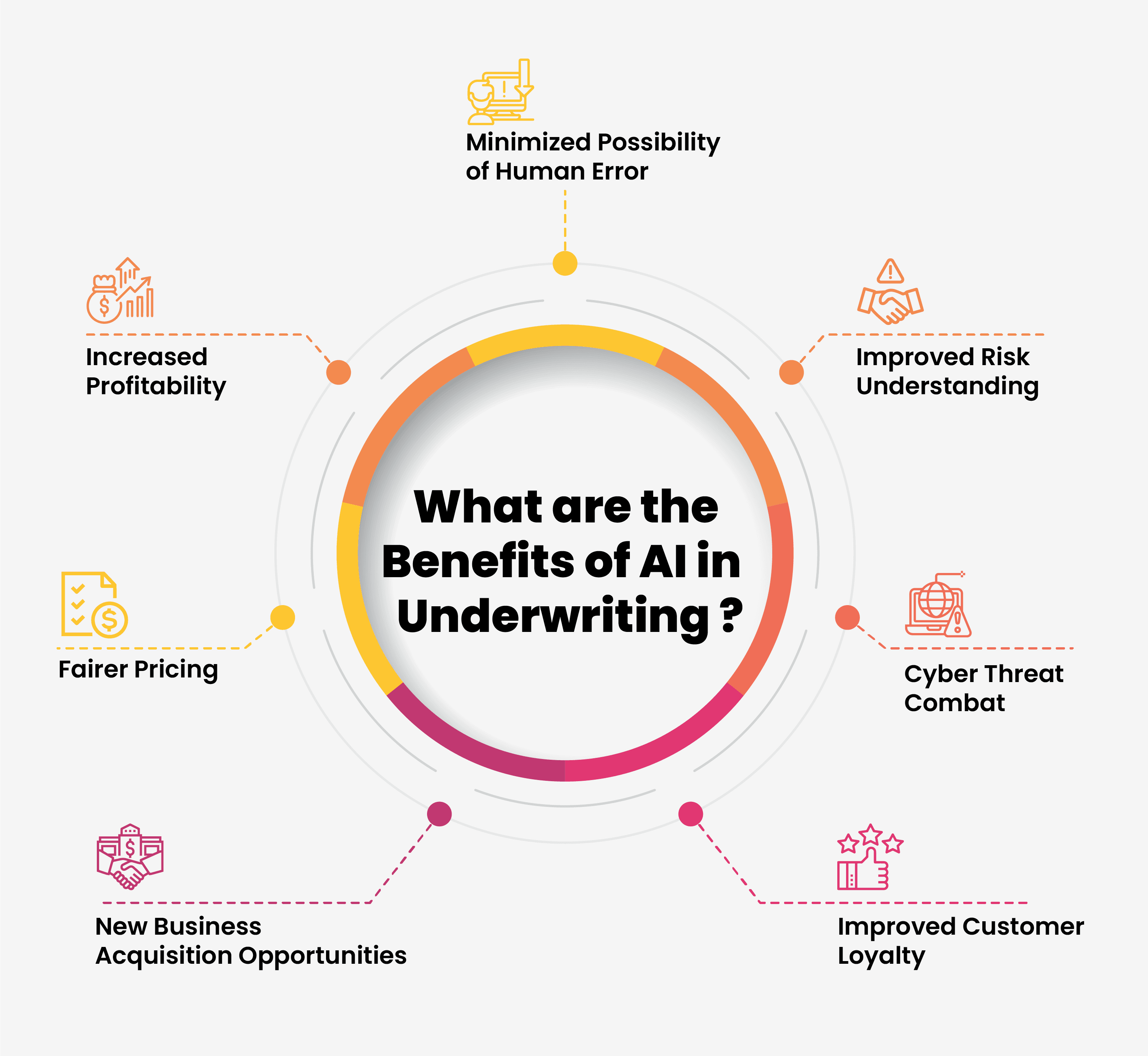At its core, AI relies on vast computational power to process and analyse data, driving machine learning algorithms and powering intelligent decision-making processes. This insatiable demand for computing resources comes with a hefty environmental price tag. According to IEA, datacentres currently consume 1.5% of all global electricity generated. And with NVIDIA estimated to be shipping 1.5 million AI servers by 2027, the energy consumption of these vast compute centres would be more than the energy needs of some small countries.
The energy consumption of AI infrastructure, including datacentres and high-performance computing facilities, contributes significantly to carbon emissions. As AI applications proliferate and data volumes soar, the strain on energy resources intensifies. In addition, the manufacturing and disposal of AI hardware components, such as specialised chips and servers, further exacerbate environmental concerns, contributing to electronic waste accumulation.
“As AI becomes integral to business modernisation and social progress, we have a responsibility to embed sustainable principles throughout its implementation,” Vikram Nair, President, EMEA business, Tech Mahindra explained to Silicon UK. “Organisations with foresight, which are investing in long-term research and planning around AI rather than focusing on short-term gains, are positioning AI as part of their Net Zero strategies, and integrating it into demand prediction, waste reduction, and efficiency improvements across operations. By investing in robust, sustainable infrastructure and establishing clear standards and accountability, businesses can use AI to improve their entire organisational processes in ways that are both efficient and environmentally responsible.”
As the urgency to address climate change intensifies, the imperative for sustainable AI practices becomes ever more apparent. From research laboratories to corporate boardrooms, stakeholders across the AI ecosystem are embracing sustainability as a guiding principle in technology development and deployment.
One notable initiative is the pursuit of renewable energy sources to power AI infrastructure. Tech giants such as Google, Microsoft, and Amazon have committed to powering their datacentres with renewable energy, reducing their carbon footprint and setting a precedent for sustainable computing practices. Additionally, collaborations between academia, industry, and policymakers are fostering innovative solutions for sustainable AI development.
Powering the machine
Amid growing apprehensions about AI’s environmental impact, industry stakeholders are increasingly focusing on enhancing energy efficiency and mitigating carbon emissions. Innovations in AI hardware design, including the development of low-power processors and energy-efficient architectures, aim to optimize performance while minimizing energy consumption.
Fredrik Jansson, chief strategy and marketing officer, atNorth, explained how the location of datacentres will have a profound impact on their sustainable credentials:
“AI requires a significant investment in digital infrastructure to allow for the storage and almost instantaneous processing of vast amounts of data. Datacentres that accommodate these workloads require significant cooling systems that use a huge amount of energy at a considerable environmental and financial cost.
“It might seem that businesses have an almost impossible task to balance the need for the best possible infrastructure in the right location to support digitization and drive increasingly critical sustainability initiatives. Yet there is a solution that lies with the choice of datacentre.
Jansson concluded: “Datacentre located in regions with a consistent cool climate and a surplus of renewable energy sources can offer a stable long term power supply that is significantly cheaper compared to its natural gas counterparts. Modern datacentres built in cooler regions such as the Nordics, utilize the climate to enable the implementation of more energy efficient infrastructure and allow for heat recovery technology that permits excess heat to be reused to heat local communities.
This relatively simple change can drive down the total cost of data ownership and will go a long way to meet business sustainability targets. By way of example, atNorth customer, Shearwater Geoservices migrated a portion of their IT workload to one of our Iceland sites resulting in a 92% reduction in CO2 output and an 85% cost saving.”
As the development of AI-based tools and services shows little sign of slowing, the impact these initiatives have on the environment must be an essential component of AI development says Bennett Indart, VP, SMART World Solutions at NTT DATA.
“But commitment to green AI needs to extend beyond individual models. Power consumption demands are also driving exciting innovations like space computing,” Indart explained. “We are actively looking to leverage the stratosphere and near-Earth space for ICT infrastructure. Data centres in space are closer to becoming a reality, which not only pushes the boundaries of technology, but also promises a more sustainable future for global connectivity through reduced costs, time and energy required for satellite communications.”
Indart concluded: “We also see the future in cutting-edge technologies like Innovative Optical Wireless Networks (IOWN). Unlike traditional electronic pathways, IOWN utilises photonics, drastically reducing energy consumption while boosting transmission speeds. Its low-power infrastructure, real-time capabilities, and distributed processing architecture unlock immense potential for eco-friendly innovation across various sectors, setting the stage for a greener and more equitable future powered by AI.”
Ultimately, the sustainability of AI hinges on our collective commitment to balancing innovation with environmental responsibility. As we harness the transformative potential of AI to address pressing societal challenges, let us remain steadfast in our dedication to preserving the planet for future generations. In the convergence of innovation and environmental stewardship lies the promise of a brighter, more sustainable tomorrow.
Tech Mahindra’s Nair concluded: “While AI advancement has focused on predictive capabilities, emerging software tools offer unprecedented insights into models’ environmental repercussions—specifically carbon emissions tracing back to data, computing, and other design choices. Platforms like the Green Software Foundation’s Carbon Impact Predictor lay the groundwork for standardisation by estimating carbon emissions associated with AI development factors.”
Michel Morvan, executive chairman and co-founder of Cosmo Tech, also commented: “Industry cannot address its CO2 emission challenges if it is not able, at the same time and in the same movement, to improve its financial indicators. AI Simulation is emerging as the only solution capable of offering a pathway to achieve environmental and financial goals. Effectively navigating the possible future of their organisation, decision-makers can set their financial and operational target performance indicators, including CO2 emissions, to get the best option out of all possible and probable futures.
“By combining AI and advanced simulation, AI simulation will increasingly become a key asset for enterprise intelligence solutions as decision-makers will find the path forward to reconcile contradictory objectives, paving the way for more sustainable, resilient and profitable practices.”
In the pursuit of technological innovation, the sustainability of AI emerges as a defining challenge of our time. As we navigate the complex interplay between AI advancement and environmental stewardship, a holistic approach is imperative. By prioritising energy efficiency, embracing renewable resources, fostering ethical AI practices, and implementing robust regulatory frameworks, we can forge a path towards a more sustainable AI future.
Read more at: https://sustainability-news.net/sustainability/the-sustainability-of-ai/
Source: Silicon UK
Editor: David Howell



